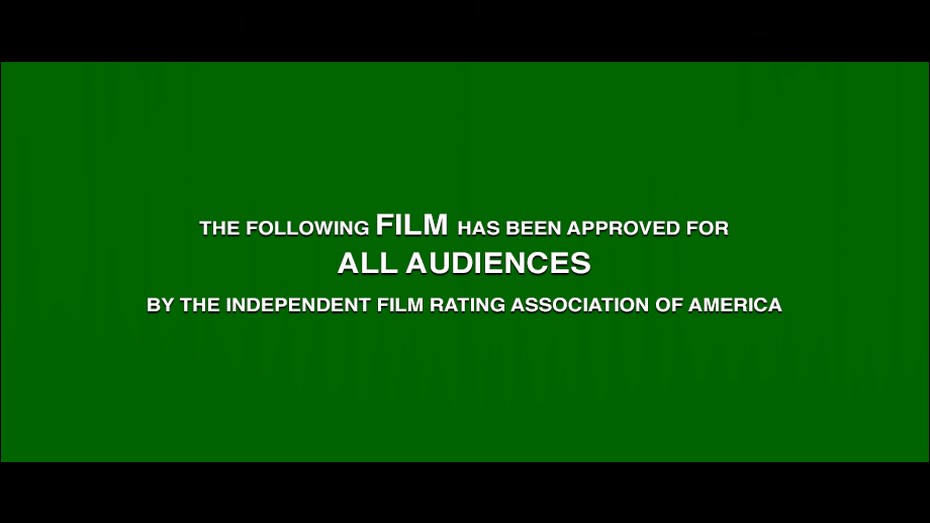Ko ta maatau whare pikitia me to wharepukapuka whakaataata ka taea noa te rere, te tango mai ranei ma nga mema anake
Me matakitaki tonu mo te FREE ➞He iti ake te waa 1 meneti ki te Haina Mai ka pai ai ki a koe te koa ki nga Kiriata Mutunga & Taitara TV.

Colette (1951)
In conversation, in her Paris apartment, Sidonie-Gabrielle Colette, mime, dancer, novelist, wonders whether she should give the green light to a proposed film about the houses in which she lived. “I’m no longer photogenic,” she insists; nearly 80, marriages, affair with a stepson and intermittent lesbianism behind her, refusing now even to mention the arthritis that confines and assaults her, Colette is vivacious. Yannick Bellon’s captivating postmodernist film, as much a study of evanescence as any poem by Dickinson, segues into the film that Colette, a few years before her end, has just said she doesn’t want to do. Giving voice(over) to her own commentary, she goes back, first, to the home in Saint-Sauveur-en-Puisaye, Yonne, where she was born.
Tuku: Mar 31, 1951
Rongonui: 0.283
Reo:
Studio:
Whenua:
